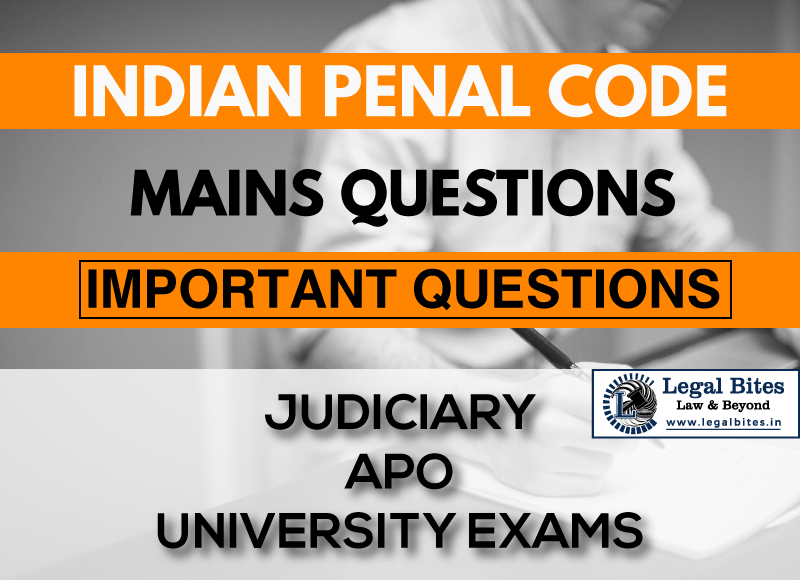Question: A abets B to abet C to commit the murder of D. B accordingly abets C to commit the murder of D. Have A and B both committed the offence of ‘abetment’? Give reasons and also mention the relevant provision. [UPCJ 1988] Find the answer to the mains question only on Legal Bites. [A abets B to abet C to commit the murder of D. B accordingly abets C to commit the murder of D. Have A and B both committed the offence of ‘abetment’? Give reasons and also mention the...
Question: A abets B to abet C to commit the murder of D. B accordingly abets C to commit the murder of D. Have A and B both committed the offence of ‘abetment’? Give reasons and also mention the relevant provision. [UPCJ 1988]
Find the answer to the mains question only on Legal Bites. [A abets B to abet C to commit the murder of D. B accordingly abets C to commit the murder of D. Have A and B both committed the offence of ‘abetment’? Give reasons and also mention the relevant provision.]
Answer
Section 108, IPC provides that: a person abets an offence, who abets either the commission of an offence or the commission of an act which would be an offence if committed by a person capable by law of committing an offence with the same intention or knowledge as that of the better.
Explanation 4 to section 108 provides that when the abetment of an offence is an offence, the abetment of such an abetment is also an offence.
In the present case, A abets B to abet C to murder D. B accordingly abets C to commit the offence of murder of Z in consequence of B’s abetment. Bis liable here to be punished for his offence with the punishment for murder; and as A instigated B to commit the offence, A is also liable for the same punishment.
The above explanation of the case tackles the case of abetment. Abetment of abetment is an offence when the principal abetment was an offence. It is not necessary that such an offence is committed. A case on point is T.N. Chaudhary v. Emp (1878) 4 Cal 366. In case, A the servant of B was approached by C with the intention of robbing B. A reported the approach to B. B intending to trap C permitted A to keep C in robbing him. An in consequence handed over B’s goods to C who was then prosecuted for abetment of theft by A. The question that arose was, whether A had committed theft and C had abetted him. A could not be convicted of theft since he had removed goods with B’s consent but since C abet A for the commission of theft which in fact he did not commit, C is still guilty of abetment.
Important Mains Questions Series for Judiciary, APO & University Exams
- IPC Mains Questions Series Part I: Important Questions
- IPC Mains Questions Series Part II: Important Questions
- IPC Mains Questions Series Part III: Important Questions
- IPC Mains Questions Series Part IV: Important Questions
- IPC Mains Questions Series Part V: Important Questions
- IPC Mains Questions Series Part VI: Important Questions
- IPC Mains Questions Series Part VII: Important Questions
- IPC Mains Questions Series Part VIII: Important Questions
- IPC Mains Questions Series Part IX: Important Questions
- IPC Mains Questions Series Part X: Important Questions


